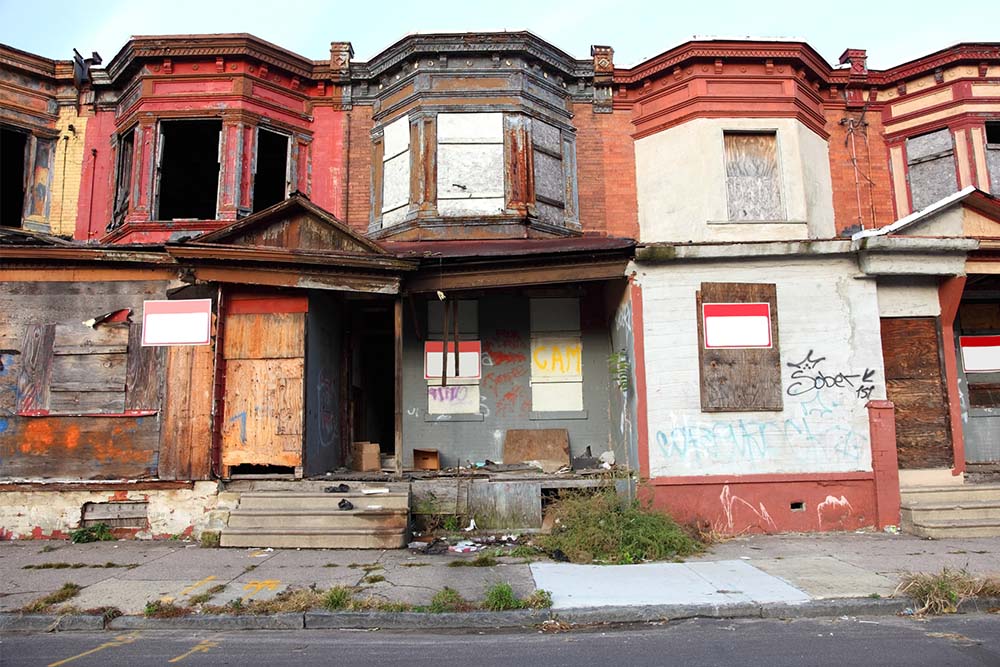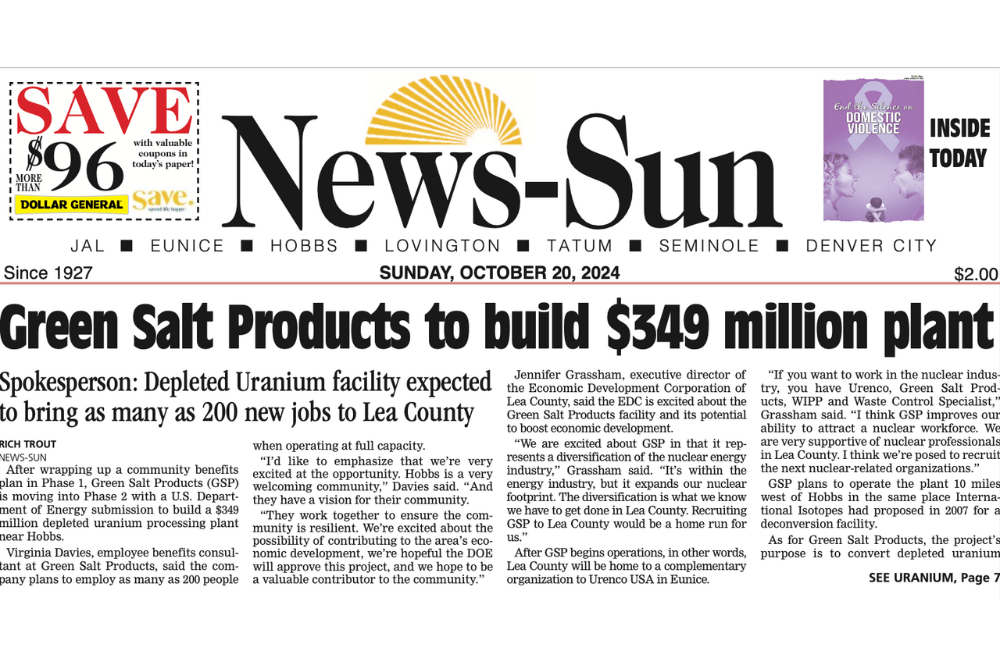Across the nation, elections at the Federal, State, and City level are fast approaching.
It is time we start thinking seriously about our future. The last few months should have made you acutely aware that your choices at the ballot box will have a lasting impact on the future of the entire nation.
Our collective decision will decide the policy direction of our government moving forward – so it is integral we make a good one.
As such, asking for precise and detailed explanations on the candidates’ positions regarding how they will reform the country is integral. Without this information, our ability to make an educated decision will be impaired – and our future will suffer.
In this series of articles, I aim to highlight several areas where we must seek clarification from candidates.
This is done not with the intent to sway your thinking, but to give you the information required to make an educated and justifiable decision.
And one such topic of the utmost importance is urban planning.
Urban Planning
Something that has become increasingly apparent over the last few decades is that urbanization is unavoidable.
As our population grows, our communities become larger. This leads to an obvious increase in housing needs. When this is then combined with the need to live close to central locations, we see an increase in the density of people living within a given area.
This has obvious benefits from an economical perspective, but it does introduce potential health concerns – particularly during times of pandemics.
Despite this, there is no question that urbanization will continue well after the pandemic has ended.
People are drawn to cities. They are where the best schools are, employment opportunities exist, and without sounding too idealistic, where dreams are made.
However, things cannot go on as they always have.
Bringing people back into our cities after the pandemic in a safe and effective manner will require true transformation. We cannot continue to live as previous. We need our cities to change, thus ensuring the safety of our communities.
One recent example is the ban of cashless retail sales in New York City.
As many of you may know, prior to the pandemic, New York City banned the option for retail businesses to go completely cashless.
At the time, this seemed completely reasonable. I mean, not everyone has a credit card – thus you could argue that becoming a cashless society and moving to an entirely digital economy will adversely impact low income residents.
But post-pandemic?
Well, maybe this needs to change.
The transition to a cashless environment may offer a simple and effective way to stop the spread of germs. While this could not be done overnight, with adequate preparation, it could be accomplished seamlessly with minimal impact upon the population at large.
Another example?
“Smart Cities” Program
In Toronto, Google decided to pull out of the “Smart Cities” program.
This particular program was purported to provide a means of integrating technology solutions with real-time data intelligence to improve city planning, enhance mobility, increase safety, and drive economic growth.
The kicker?
Many people in Toronto viewed as a breach of privacy. They complained that it was a form of “surveillance” capitalism.
But maybe we need to have a discussion about the priority of privacy when it comes to enhancing health and safety within our cities? The integration of this technology can improve mass transit and garbage disposal, provide clean air, and the efficient supply of power and water.
While preserving your privacy will always sit high on hierarchy of urban planning, should it be at the top?
These are the answers we need to know.
Neglect
What about the development of better equipped community hospitals, more effective school systems, and the introduction of green spaces that promote a healthy and active lifestyle?
All of which have been neglected in the past.
Many of you may not remember, but under the Bloomberg Administration (yes, way back then…), the St. Vincent Hospital in the West Village of New York under was bought and transformed into a lot of expensive condos.
What was the purpose?
Who did it benefit?
One of our neediest communities at the time lost a full service hospital so that some affluent humans could have a pleasant view of the New York skyline.
It was a joke – and one that could have been avoided had the right questions been asked in the lead up to the election.
Let us not make the same mistake again.
Takeaway
You need to know about key urban transformation plans. You need to be aware of what the intentions of your candidates are. And, you need to know how they are going to make your community safer in light of the past few months.
Their approach to urban planning is critical to the future of our nation – so let’s make sure we get it right.




